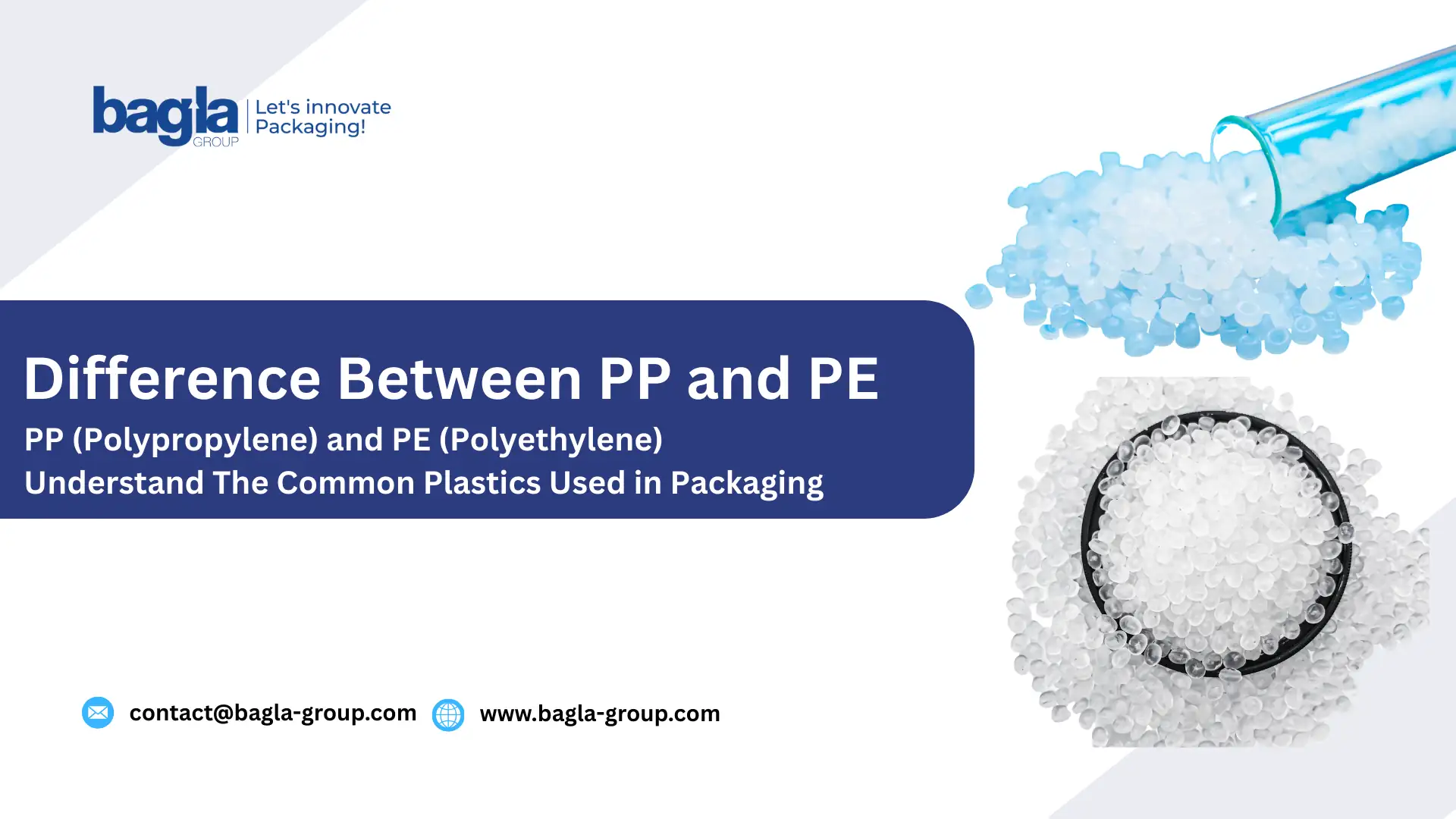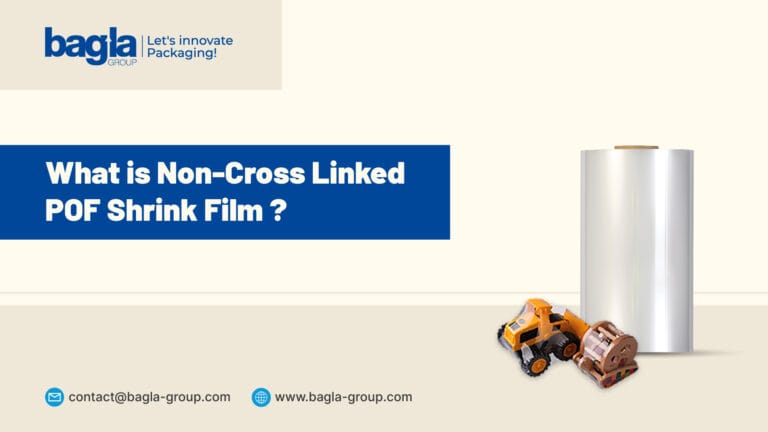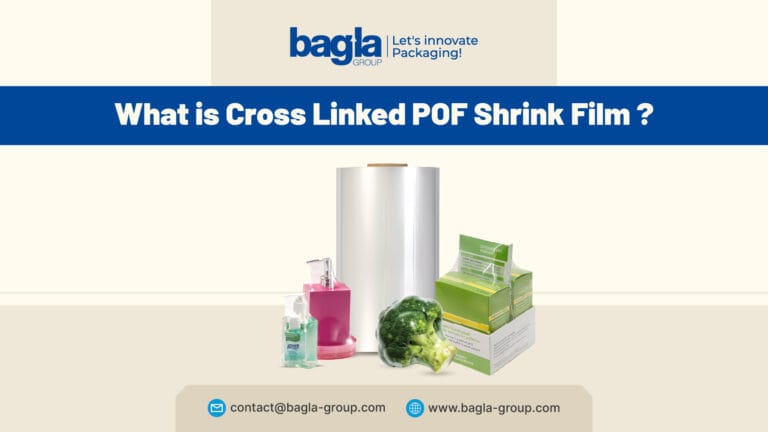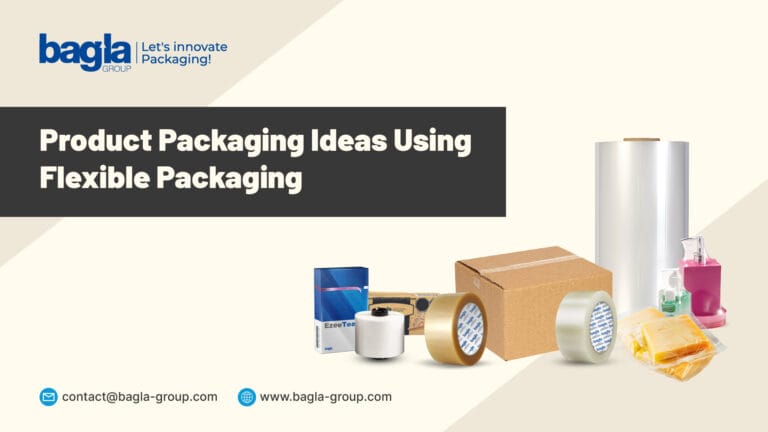PP (Polypropylene) and PE (Polyethylene) are some of the most common plastics used in packaging, processing, and everyday use. While the average person may not see much of a difference, polyethylene and polypropylene are all different from each other in their physical, chemical, and functional means and therefore have different uses.
To help close the gap between PP and PE, we will try to highlight the difference between PP and PE and discuss considerations for their proper use and applications.
What Is Polypropylene (PP)?
Polypropylene (PP) is a lightweight thermoplastic polymer from the polyolefin family of plastics that has superior performance characteristics. A few examples include where strength, flexibility, heat resistance, and modulus of elasticity are concerned, good performance characteristics. Another important aspect is that PP could serve as an alternative to non-recyclable media, which likely emphasizes the desirable feature of PP being a recyclable plastic medium for many commercial industries that are now placing a strong emphasis on sustainability efforts.
What is Polyethylene (PE)?
Polyethylene (PE) is the most common plastic now produced worldwide. PE is somewhat flexible, fairly durable, with some moisture-resistant properties. PE is extremely lightweight, low-cost, and can be processed in a wide variety of grades (or types) to acquire characteristics that are highly common when we mention PE. PE can be manufactured in three common design aspects.
Understand The Key Difference Between PP and PE
Although PP and PE belong to the same polyolefin family, their properties and applications vary significantly. Below is a detailed comparison:
| Factor | Polypropylene (PP) | Polyethylene (PE) |
|---|---|---|
| Structure & Flexibility | Rigid, strong, good dimensional stability | Softer, flexible, highly ductile |
| Melting Point | Higher (160–170°C) – heat-resistant | Lower (110–130°C) – less heat-resistant |
| Chemical Resistance | Excellent against organic solvents, bases, and acids | Strong against acids, bases, and moisture |
| Durability | High fatigue resistance (ideal for hinges) | High impact resistance, especially in cold |
| Weight | Slightly lighter (lower density) | Slightly heavier compared to PP |
| Transparency | Naturally translucent but less clear than PE | Can be more transparent, especially LDPE |
| Applications | Automotive parts, medical tools, textiles, reusable containers | Packaging films, bags, bottles, pipes, toys |
| Cost | Slightly higher due to versatility | Generally cheaper and widely used |
Applications Of PP vs PE In Packaging
Here’s a great breakdown of uses of Polypropylene (PP) vs Polyethylene (PE) in packaging:
Polypropylene (PP) uses in Packaging
- Food Containers and Lids: These PP containers can safely go into the microwave and dishwasher, as PP is a great heat-resistant resin.
- Rigid Packaging: PP has been used to produce bottles, jars, and cap closures because of its rigidity it.
- Blister Packs and Trays: Blister packs and trays are usually found in pharmaceutical products or consumer products; blister packs and trays are molded in PP.
- Labels and Films: Biaxially Oriented PP (BOPP) films are commonly used for snack packs, labels, & wraps.
- Reusable Packaging: PP is so strong it can even be made into a product for reuse, like a container and storage box.
Polyethylene (PE) uses in Packaging
- Plastic Bags and Pouches – We refer to plastic grocery bags, shopping bags, and pouches (flexible types).
- Shrink Wraps & Stretch Films – Products that are used to wrap storage pallets and are mostly used for protective packaging.
- Bottles and Containers – Specifically, HDPE bottles (milk, detergents, and juices).
- Flexible Packaging Films – LDPE & LLDPE films (Food wraps, bread bags, freezing foods).
- Protective Packaging – bubble wraps, foams, & liners (cushioning of products).
How To Choose Between PP And PE?
When evaluating PP and PE, you should take all of the following under consideration:
- Product requirements: For more rigidity and a higher heat tolerance, use PP. For more flexibility and impact resistance, use PE.
- Budget: PE is usually cheaper.
- Packaging needs: For films and flexible wraps, you want PE. For rigid packaging, the better option is PP.
- Environmental goals: Both can be recycled, but PE has a more developed infrastructure for recycling.
Bagla Group: Your Trusted Partner In Advanced Packaging Solutions
At Bagla Group, we don’t just make packaging products; we raise the bar on packaging. As an industry leader, we use the benefits of Polypropylene (PP) and Polyethylene (PE) to create packaging products that are tough, strong, and sustainable.
We manufacture:
- POF Shrink Films: Crystal clear, capable, sustainable films designed to protect and present products.
- Thermoforming Films: High-performance films developed for food and industrial packaging that not only give flexibility, durability but also keep pace with the changing technology of high-speed, multi-packing requirements.
- Industrial Tapes: Reliable and multi-purpose, which means you get an effective seal, great sealing efficiency, and long performance.
With a reputation for innovation, precision, and trust, Bagla Group leads the way in setting expectations in the industry with high-grade sustainable packaging solutions for multiple industry sectors across the globe.
Conclusion
PP and PE are completely different polymers, and their unique properties, structural configuration, and uses set them apart from one another. PP is a stiff plastic that can react to heat, and it is ideal for hard applications where the product must last for many years. PE can be stiff or flexible, is almost always cheaper than PP, and is excellent for applications that require films or containers. Both of these plastics are common substrate materials utilized in the packaging, automotive, building and construction, and consumer goods industries. The main consideration for companies making the decision to utilize either PP or PE will be the fact that the end-use application requirements will dictate whether a company can use either PP or PE in the manufacturing of the final product, and the structure and performance requirements, as well as sustainability requirements. As each industry has a better understanding of the properties of each polymer, they can better understand how to develop or add additional value to the product, and will benefit from the collaborative value and cost-share process.
FAQs
What Is The Primary Difference Between PP and PE?
PP is more rigid, heat-resistant, and durable, while PE is softer, flexible, and offers better impact resistance.
Is PP Stronger Than PE?
Yes, PP is stronger and stiffer, but PE performs better in impact resistance, especially at low temperatures.
Which Is More Sustainable?
Both are recyclable, but PE has a wider recycling infrastructure, making it easier to recycle globally.



